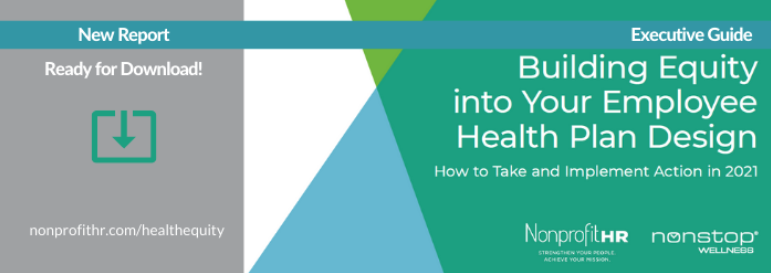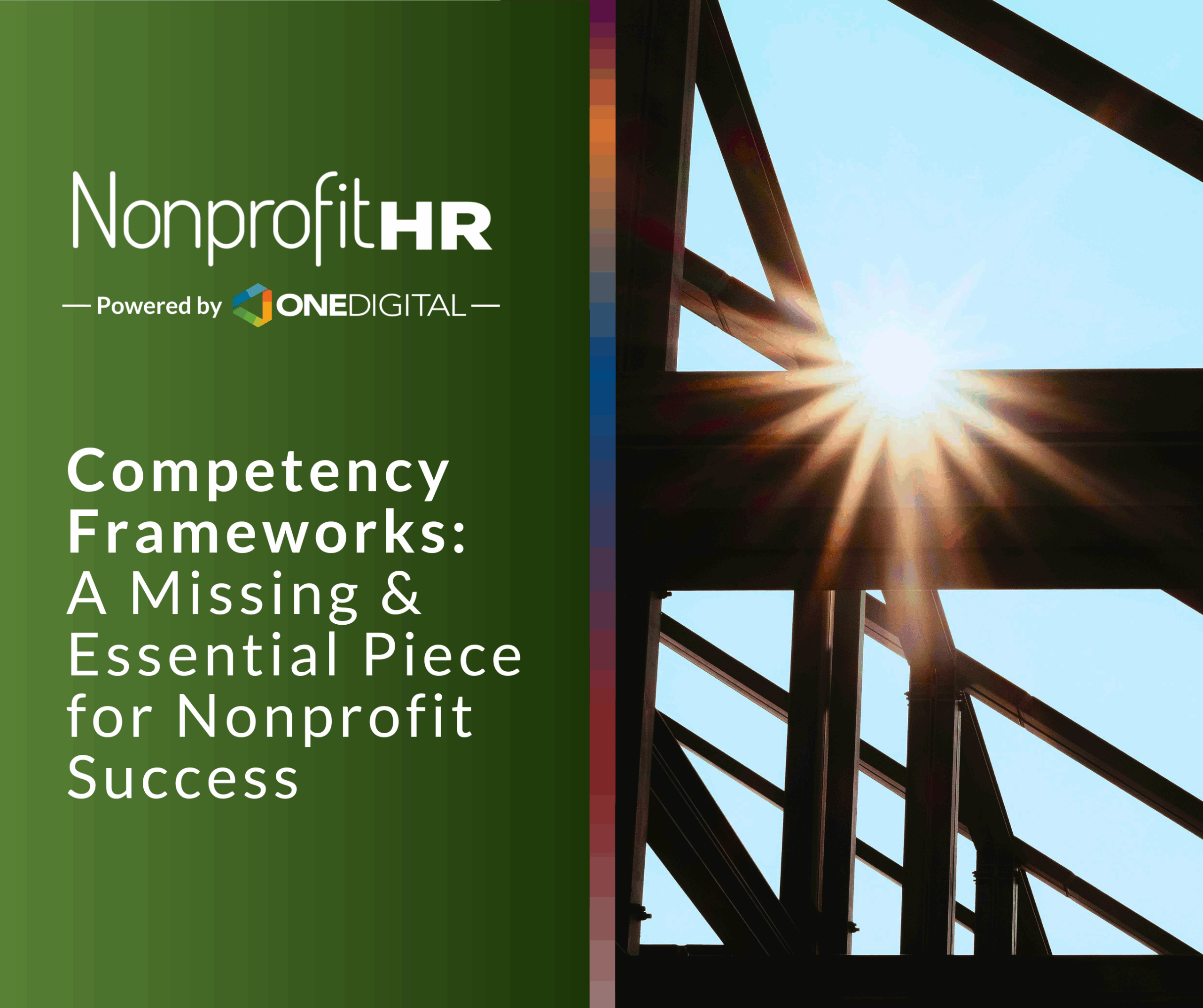WTOP: 5 ways nonprofits can…
The past few years required that HR professionals quickly adapt to an ever-changing landscape, but the unprecedented events of the last year prompted an even more rapid shift away from traditional HR practices. From compensation and benefits to HR technology, traditional approaches to total rewards have been expanded to include more flexible, equitable and efficient people-focused solutions. Many organizations are contending with the rise of remote work as the COVID-19 pandemic made virtual (think virtual meetings, telehealth/telemedicine) more commonplace. The virtual explosion now requires that compensation practices are flexible enough to accommodate an increasingly mobile workforce while remaining compliant to the unique restrictions mandated by different jurisdictions. It also requires that HR systems can support virtual operations across states. Benefits practices are being shaped by new legislation including the CARES Act and new COBRA Premium subsidies due to COVID-19 and a wider effort to improve the employee experience through low-cost perks and equitable policies. From an equity standpoint, these changes are meant to allow for differences in individuals and family structures. Finally, HR technology is propelling organizations to abandon analog files and improve the service-oriented nature of HR while increasing efficiencies. Taken together, these trends have resulted in more people-focused and service-oriented total rewards practices. In this series, we will present in further detail trends in compensation, benefits and HR technology. Part two on benefits is below. View part one (compensation) or part three (HR technology) of the series.
PART TWO OF THE TOTAL REWARDS TRENDS SERIES: BENEFITS
Improving the employee experience with low-cost perks and unconventional approaches to benefits
The interest in telehealth has been rising even before the COVID-19 crisis due to related healthcare expenses that are lower. According to Medical Economics, telehealth year-over-year utilization increased by 33 percent in early 2020 prior to the COVID-19 pandemic. During the pandemic, telehealth usage rose steeply. The Department of Health and Human Services reported that 43.5 percent of Medicare primary care visits in April 2020 were conducted via telehealth. The growing adoption of and accessibility to telehealth and telemental services is here to stay because it simply makes healthcare more accessible through lower-cost health insurance and supplemental plans. Virtual healthcare is not only more accessible, but it also helps to meet the increasing need and demand for better and easier access to mental health resources.
Also trending is the fact that COBRA Premium subsidies and CARES ACT considerations are still at the forefront. For COBRA, the 100 percent government subsidy for insurance premiums, for eligible employees who lost their jobs and for their covered relatives from April through September, is done through payroll tax credits. The subsidy leads to more cumbersome compliance requirements that mandate that employers refer back to their records during the time period to find out who was terminated involuntarily or specifically because of downsizing. This has proven to be a complex process for many employers because they would need to obtain those notices and figure out how to track them, which is not unlike the FFCRA challenges of last year. Furthermore, these new requirements fall under the COBRA wheelhouse that has its own administration and compliance requirements. The CARES Act poses a similar compliance challenge in spite of the fact that there was a compliance initiative toward the Act. Many employers still found the compliance frustrating and anxiety-inducing for administrators waiting for the model issued by the Department of Labor.
Considering benefits through the diversity, equity and inclusion lens, organizations are readjusting to correct the inequities of traditional leave policies. For example, there is an equity issue with regard to parental leave because leave programs have traditionally been mother-focused. While mothers typically get to take three months off, people are developing and growing their families in many different ways (same-sex couples, single people adopting or the use of surrogates and infertility benefits). A lot of benefits leave programs continue to hold traditional models that do not meet the needs of modern families and ultimately their staff.
As mentioned above with compensation practices, virtual operations also pose unique challenges with leave programs. Leave programs have become more challenging with return-to-workplace considerations, whether you have a hybrid or fully virtual workforce. Staff is now increasingly mobile and many employees are moving to different states, some with distinct leave laws. This leaves employers to reconcile state, federal and internal requirements while considering what they can afford to do as an organization.
Another trend in the benefits realm is the increased use of low-cost perks as a way to keep staff engaged. Add-on perks, also referred to as convenience perks or fringe benefits, do not need to cost employers a lot of money, but they do provide added benefits for employees and give employers a leg up in hiring and retaining employees in today’s tight labor market. Some of the common fringe benefits include flexible schedules and leave, dependent care allowances, meal delivery, legal services, pet insurance as well as home and auto insurance. Convenience perks are most beneficial and less time-consuming when done through payroll deduction. The IRS Publication 15-B, the Employer’s Tax Guide to Fringe Benefits, provides some valuable information on compliance requirements to a host of fringe benefits.
View part one (compensation) or part three (HR technology) of the series.

Build Equity into Your Employee Health Plan Design"
Over half (63%) of 675 respondents in Nonprofit HR’s 2021 Nonprofit Diversity Practices Survey indicated that their organizations have made adjustments to prioritize or reprioritize diversity objectives, programs and initiatives. While compensation equity remains a focal point for employers, turning to employee health benefits as a tool to tackle health equity also came to the forefront.
Download Now!






























